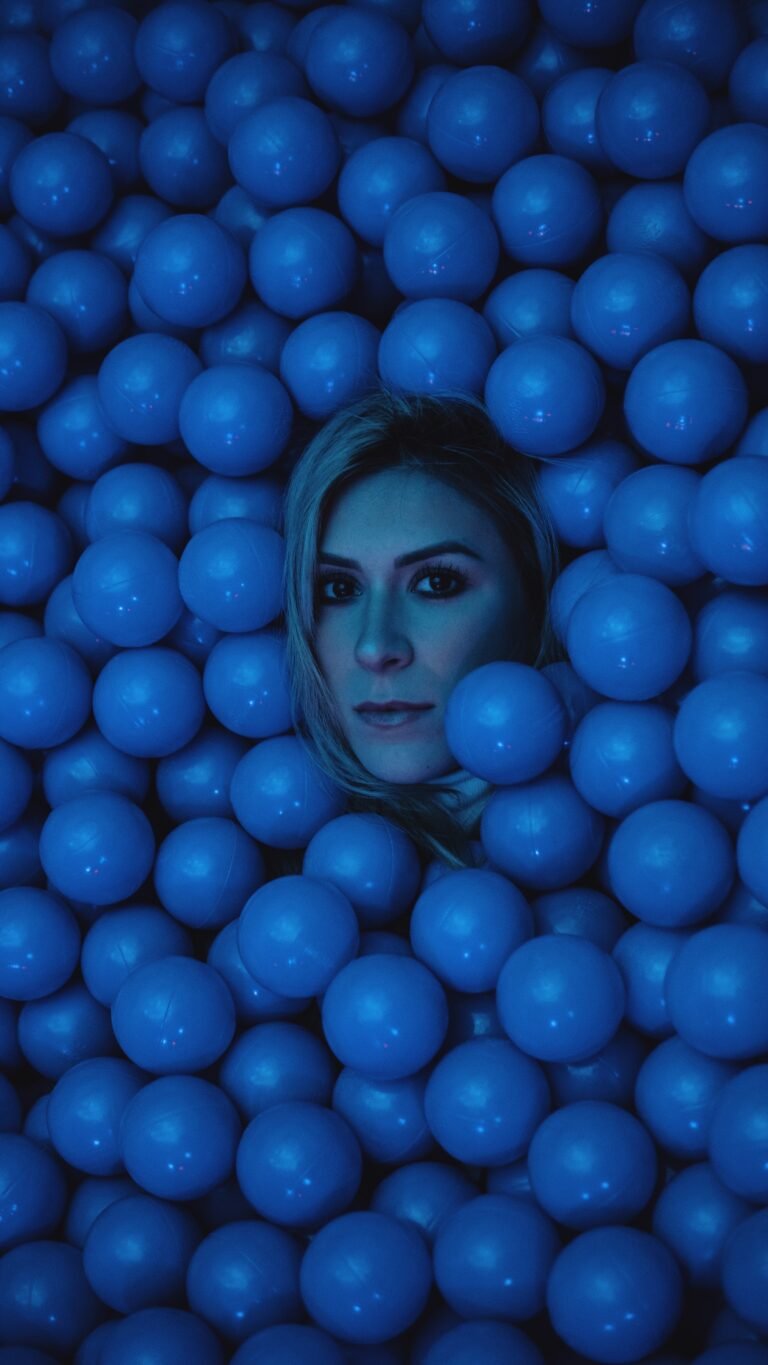Introduction
Artificial Intelligence (AI) has revolutionized various industries, and the art world is no exception. In recent years, AI-generated art has gained significant attention, sparking debates about the role of technology in creativity. This article aims to provide an overview of AI art, exploring its origins, techniques, and impact on the art community.
The Origins of AI Art
AI art traces its roots back to the 1960s when computer-generated art first emerged. Artists and programmers began experimenting with algorithms to generate visual compositions. However, it wasn’t until the last decade that AI art truly started to flourish, thanks to advancements in machine learning and deep learning algorithms.
Techniques in AI Art
AI art encompasses various techniques, including style transfer, generative adversarial networks (GANs), and deep learning. Style transfer involves applying the style of one image onto another, creating unique and visually striking compositions. GANs, on the other hand, involve a two-part system: a generator that creates new images and a discriminator that evaluates their authenticity. This interplay between generator and discriminator leads to the creation of highly realistic and often surreal artworks.
The Impact on the Art Community
AI-generated art has had a profound impact on the art community, challenging traditional notions of creativity and authorship. Some argue that AI art lacks the emotional depth and intentionality of human-created art. However, others see it as a new form of collaboration between artists and machines, pushing the boundaries of what is possible.
One significant advantage of AI art is its ability to produce an extensive range of styles and techniques, transcending the limitations of human artists. AI algorithms can analyze vast amounts of data and learn from countless artistic styles, resulting in a fusion of influences that would be impossible for any individual artist to achieve.
AI art has also opened up new avenues for artistic expression, allowing individuals who may not have traditional artistic skills to create compelling pieces. By leveraging AI tools, anyone can become an artist, democratizing the creative process and encouraging experimentation.
Controversies and Ethical Considerations
AI art has not been without its controversies. Some argue that AI-generated art raises questions about originality and copyright. Who owns the rights to an artwork created by an algorithm? Should AI-generated art be considered as valuable as human-created art?
Furthermore, there are concerns about the potential misuse of AI in art. As AI algorithms become more sophisticated, there is a risk of creating art for malicious purposes, such as deepfake images or propaganda.
The Future of AI Art
The future of AI art is both exciting and uncertain. As technology continues to advance, we can expect AI-generated art to become even more sophisticated and indistinguishable from human-created art. This raises intriguing questions about the future of artistic expression and the role of AI in shaping our cultural landscape.
Conclusion
AI art represents a fascinating intersection between technology and creativity. It challenges our preconceived notions about art, pushing the boundaries of what is possible. While controversies and ethical considerations persist, AI-generated art has the potential to revolutionize the art world, democratize the creative process, and inspire new forms of artistic expression.

